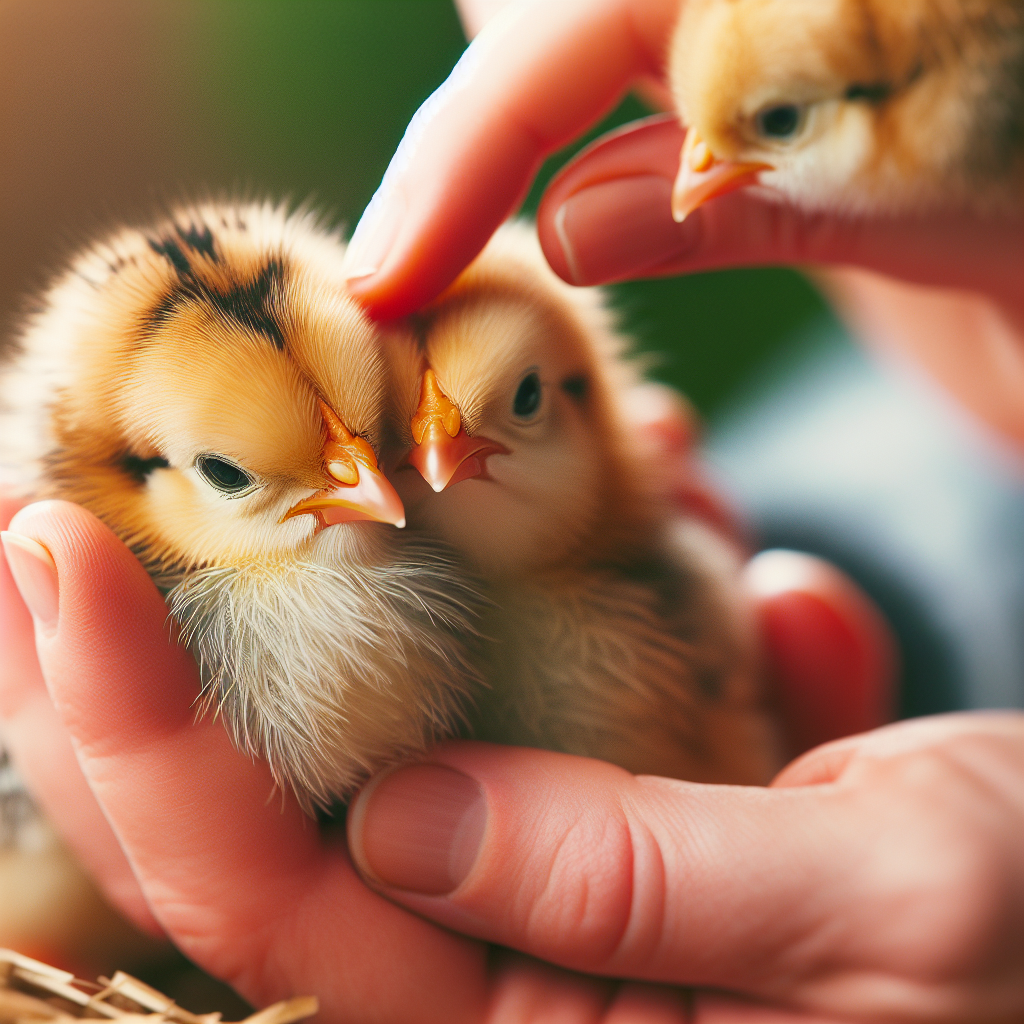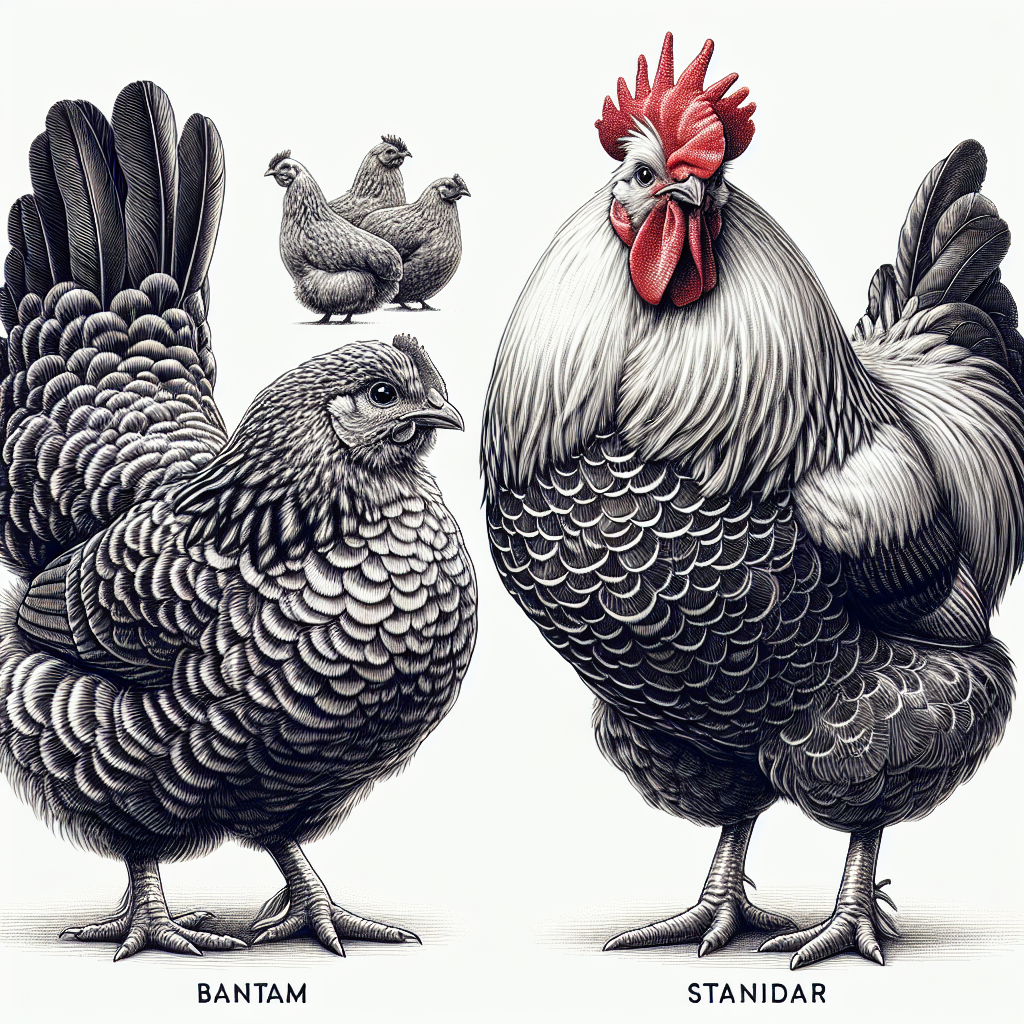Imagine a group of chickens living in crowded quarters, barely able to move or engage in natural behaviors. Now imagine another group of chickens living in a spacious environment, with ample room to roam and interact with one another. How might these different living arrangements affect their social behaviors? In this article, we will explore the fascinating ways in which space and environment can impact the social interactions of chickens, shedding light on the importance of providing optimal living conditions for these intelligent and social birds.
Social Behaviors in Chickens
Chickens are highly social animals that engage in a variety of complex behaviors to establish and maintain relationships within their flocks. These social behaviors are crucial for their survival and well-being, as they provide opportunities for communication, cooperation, and social learning. By understanding the factors that influence social behaviors in chickens, we can create optimal conditions for their welfare and productivity.
Overview of Social Behaviors in Chickens
Social behaviors in chickens include various forms of communication, such as vocalizations, body postures, and visual displays. They also engage in activities like grooming, preening, and allopreening, which promote social bonding and maintain the cleanliness of feathers. Chickens form hierarchies within their flocks, establishing dominance and submission through pecking orders, which helps to reduce aggression and establish order.
Importance of Social Behaviors in Chickens
Social behaviors play a crucial role in maintaining the overall well-being of chickens. By engaging in social interactions, chickens alleviate stress, reduce aggression, and establish social cohesion. These behaviors also contribute to the development of important cognitive and behavioral skills in chickens, such as social learning and problem-solving. Moreover, positive social interactions enhance the overall welfare of the flock and promote a healthier and more productive environment.
Factors Affecting Social Behaviors in Chickens
Several factors can influence the social behaviors of chickens. One of the key factors is the availability of space within their living environment. The amount of space chickens have can significantly impact their social dynamics, as crowded conditions can lead to increased stress, aggression, and reduced social interactions. Additionally, the environmental conditions in which chickens are housed, such as lighting, temperature, and ventilation, can also influence their social behaviors.
The Impact of Space on Social Behaviors
The amount of space available to chickens has a profound impact on their social behaviors. When chickens are confined to limited space, such as overcrowded conditions, their interactions may become more aggressive and stressful. Limited space restricts their ability to establish personal territories and can result in increased competition for resources. This can lead to higher rates of aggression, hierarchy disputes, and overall reduced welfare within the flock.
On the other hand, when chickens have ample space to move and interact with each other, their social behaviors tend to be more positive and harmonious. Sufficient space allows chickens to establish personal territories, engage in natural behaviors such as dust bathing and foraging, and reduces the likelihood of aggression and stress-related behaviors. Ample space also promotes better exercise and overall physical health, leading to improved welfare and productivity.
In hierarchical structures within chicken flocks, space also plays a significant role. The availability of space allows dominant chickens to establish their territories and assert their dominance, while subordinate chickens can find areas where they feel safer and less bullied. Adequate space reduces the intensity of competition and helps maintain balance within the hierarchy, leading to a more stable and harmonious social structure.
The Influence of Environment on Social Behaviors
The environment in which chickens are housed can significantly impact their social behaviors. Environmental enrichment, which refers to the provision of objects or conditions that stimulate natural behaviors, has been shown to have a positive effect on social interactions in chickens. Enrichment items such as perches, nesting boxes, and dust bathing areas provide opportunities for chickens to engage in natural behaviors and promote social bonding within the flock.
Conversely, stressful environments can have detrimental effects on social behaviors in chickens. Factors such as inadequate lighting, improper temperature regulation, and poor air quality can lead to increased stress levels and reduced social interactions. When chickens are exposed to stressful environments, they may exhibit aggressive behaviors, decreased social interactions, and overall poorer welfare.
Environmental factors also play a significant role in aggression and the establishment of pecking orders in chicken flocks. Overcrowding, lack of resources, and poor environmental conditions can increase the likelihood of aggression and result in more intense pecking order establishment. By providing optimal environmental conditions, aggression can be mitigated, ensuring a more peaceful and cooperative social environment.
The Relationship between Space, Environment, and Social Behaviors
The relationship between space, environment, and social behaviors in chickens is complex and interconnected. The availability of space within a chicken’s living environment interacts with environmental factors to shape their social behaviors. When optimal conditions are provided, positive social interactions are more likely to occur, fostering a healthy social environment within the flock.
To create optimal conditions for social behaviors, it is essential to consider both space and the environment. Adequate space allows for the establishment of personal territories, reduces aggression, and promotes positive social interactions. Environmental enrichment, such as providing access to natural behaviors and appropriate lighting, temperature, and ventilation, ensures that chickens have a stimulating and stress-free environment.
Strategies for improving space and environment in chicken housing include designing spacious and well-ventilated facilities that allow for natural behaviors. The provision of environmental enrichment items, such as perches, dust bathing areas, and nesting boxes, can significantly enhance social interactions. Proper management practices, including regular cleaning and maintenance of the housing facility, also contribute to a favorable social environment for chickens.
The Role of Social Behaviors in Chicken Welfare
Social behaviors play a vital role in ensuring the welfare of chickens. Positive social interactions reduce stress and aggression, promoting a harmonious and cooperative social environment. Chickens that engage in social behaviors have better overall welfare, as they are afforded opportunities for natural behaviors, cognitive stimulation, and social bonding.
Poor social behaviors, on the other hand, can have detrimental effects on chicken welfare. Aggression, bullying, and social isolation can lead to increased stress levels, reduced overall health, and lower productivity. Chickens that are unable to engage in natural social behaviors may experience feelings of frustration, boredom, and social deprivation.
To improve chicken welfare, promoting positive social behaviors is crucial. Providing ample space, environmental enrichment, and optimal social conditions allows chickens to express natural behaviors, interact with their flockmates, and establish harmonious social relationships. By prioritizing the fulfillment of social needs, the welfare of chickens can be greatly enhanced.
The Significance of Understanding Social Behaviors for Poultry Industry
Understanding the impact of space and environment on the social behaviors of chickens is of significant importance to the poultry industry. Commercial chicken farming can greatly benefit from creating optimal social conditions for the well-being and productivity of the flock. By prioritizing positive social interactions, the industry can improve animal welfare, enhance performance, and address ethical considerations.
Implications for commercial chicken farming include the design and management of housing facilities that provide sufficient space for chickens to engage in natural behaviors and establish social hierarchies. The implementation of environmental enrichment strategies, such as perches and dust bathing areas, contributes to more positive social interactions and overall welfare. Prioritizing the well-being of chickens also has ethical implications, ensuring the industry operates in a more compassionate and responsible manner.
The effects of space and environment on social behaviors directly impact the productivity and performance of the poultry industry. When chickens are housed in optimal social conditions, they experience reduced stress, enhanced physical health, and increased productivity. Chickens that are socially satisfied exhibit improved growth, better disease resistance, and higher egg production. Prioritizing social behaviors, therefore, can have a direct positive impact on the overall profitability of the industry.
Scientific Studies on Space, Environment, and Social Behaviors in Chickens
Scientific studies have extensively explored the impact of space and environment on the social behaviors of chickens. Case studies have investigated the relationship between limited space and aggressive behaviors within flocks. These studies have consistently shown that overcrowding and restricted spaces lead to increased aggression, stress, and reduced social interactions among chickens.
Experimental research has also focused on environmental factors and their influence on social behaviors. Studies have shown that appropriate lighting, temperature, and ventilation positively affect social interactions and reduce aggressive behaviors. Conversely, inadequate environmental conditions have been linked to increased stress levels and decreased social cohesion within flocks.
Comparative studies have been conducted to assess the impact of different housing systems on social behaviors. These studies have compared various housing types, such as conventional cages, free-range systems, and enriched environments. The research consistently demonstrates that housing systems that prioritize space and environmental enrichment promote more positive social behaviors and overall better welfare in chickens.
Practical Applications for Optimizing Space and Environment
Based on scientific findings, practical applications can be implemented to optimize space and environment to promote positive social behaviors in chickens. Designing chicken housing facilities that provide ample space and natural features, such as perches and dust bathing areas, allows chickens to engage in natural behaviors and establish social bonds within the flock.
Environmental enrichment strategies, such as providing opportunities for foraging and access to natural light, contribute to the well-being and social interactions of chickens. Ensuring proper lighting, ventilation, and temperature control in the housing facility helps create a stress-free and comfortable environment. Regular maintenance and cleaning practices also affect the social behaviors of chickens, as a clean and hygienic environment promotes healthier interactions.
Management practices should also be implemented to mitigate aggression and establish a harmonious social environment. Strategies such as staggered feeding regimes, providing multiple water sources, and monitoring flock compatibility can help reduce competition and aggression within the flock. Regular monitoring of social behaviors and addressing any emerging issues promptly is essential for maintaining a positive social environment.
Future Perspectives on Space, Environment, and Social Behaviors
Looking ahead, there are several emerging trends in chicken housing and welfare that aim to optimize space, environment, and social behaviors. Innovations in chicken housing design are focusing on providing more spacious and enriching environments where chickens can freely express their natural behaviors and establish social hierarchies.
Advancements in environmental control systems, such as automated lighting, temperature, and ventilation systems, allow for better regulation of the housing environment, promoting optimal social behaviors. The integration of technology, such as sensors and cameras, also enables real-time monitoring of social interactions, enabling prompt interventions to address any behavioral issues that arise.
Future research should focus on exploring additional potential areas for optimizing space, environment, and social behaviors. Investigating the impact of specific environmental factors, such as different types of natural lighting, ventilation systems, and environmental enrichments, can provide further insights into creating optimal conditions for social interactions. Research on the long-term effects of positive social behaviors on the welfare and performance of chickens would also contribute to industry practices.
Conclusion
Space and environment play vital roles in shaping the social behaviors of chickens. The availability of space, combined with optimal environmental conditions, promotes positive social interactions and establishes a harmonious social environment within the flock. By understanding the impact of space and environment on social behaviors, we can improve chicken welfare, enhance industry practices, and ensure the overall well-being and productivity of these social animals. Prioritizing space, environment, and positive social interactions in the management of chicken farming is essential for a sustainable and ethical poultry industry.




